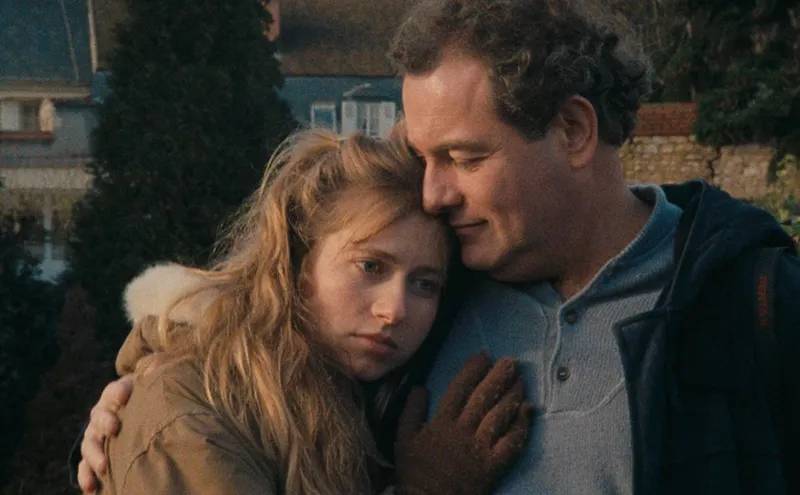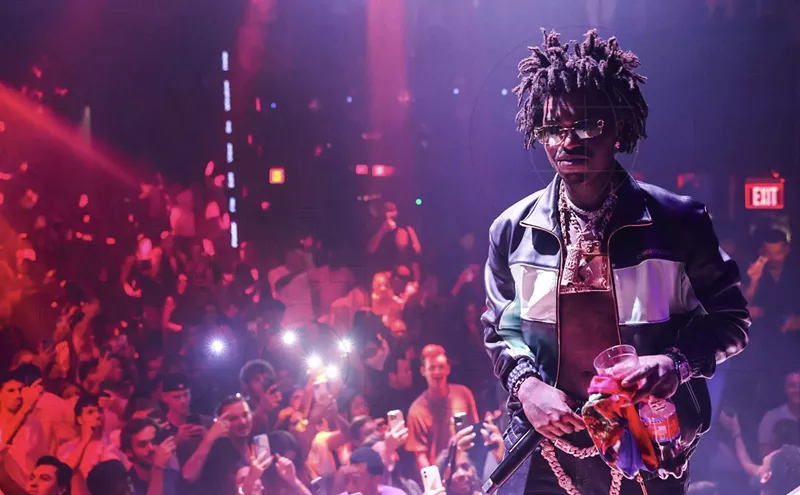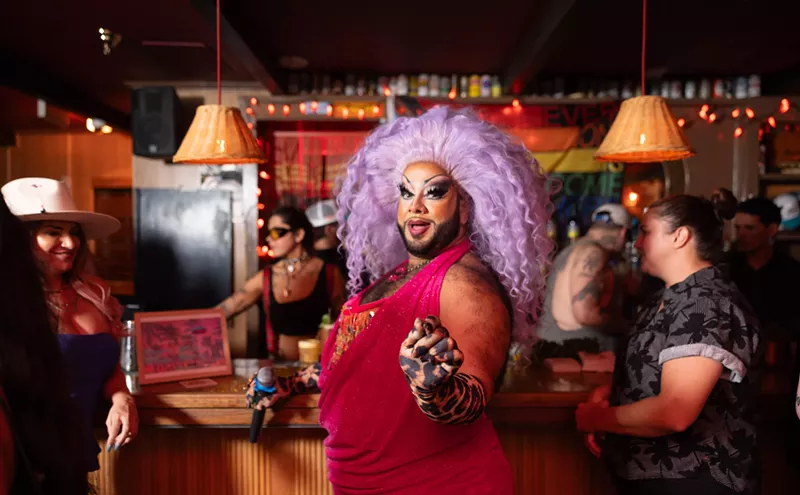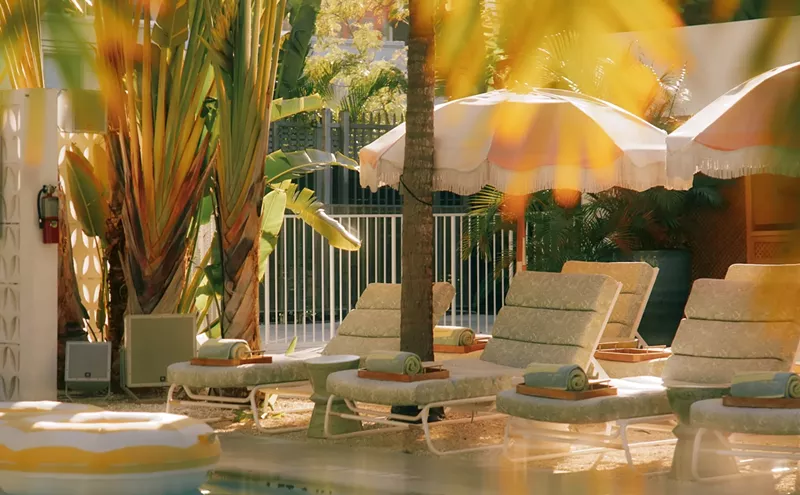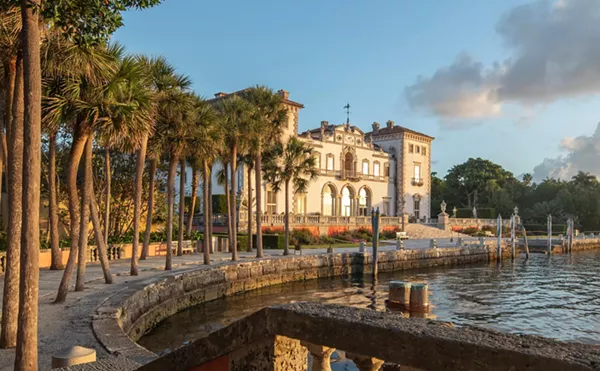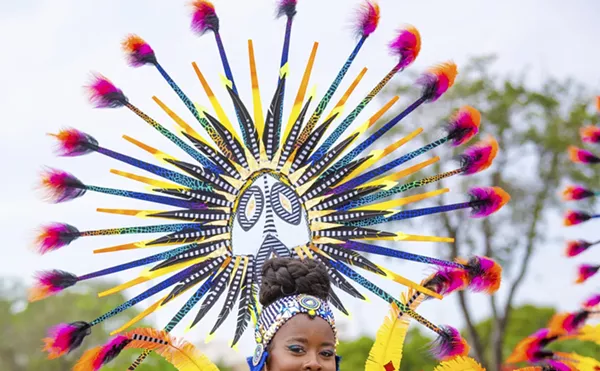From the sonic squeak of shrimp sizzling in a skillet, to a walk-in kaleidoscope, to a bridge created from crushed cockroaches, a sprawling new exhibit at Miami Art Museum offers a wildly engaging snapshot of the creative forces shaping our city.
"New Work Miami 2010" boasts 35 local artists and offers a stunning array of media — painting, sculpture, drawing, photography, video, environmental installation, performance, sound and fiber pieces — plus an ambitious lineup of performances, events, and screenings that will be presented concurrently during the show's run.
Miami's multiculti undertow, the roulette wheel of uncertainty spun by budding optimism amid the economic downturn, the creeping changes across our urban landscape, and the frenetic energy powering the city's cultural dynamism are all part of the Ariadne's thread thematically weaving the exhibition.
"More than ever, the key to participating in global cultural conversations is to speak from within one's local conditions," says Rene Morales, MAM associate curator and co-organizer of the exhibit.
During a recent visit to the museum, Morales explained the show was organized to crack open a window into the studios and minds of South Florida talent and to identify and clarify for visitors the broad patterns in local artistic production.
In a museum handout, Morales quotes Arthur Miller to describe his vision of the current state of art in Miami. "The artist is a weed that can survive in the cracks of pavement," the playwright famously observed.
Bouncing from one work on display to the next, you almost become intoxicated by the hothouse miasma of ingenuity creeping throughout the space like a tangle of wild vines overtaking a building.
Experimental sound artist Gustavo Matamoros snares visitors into a finely pitched aural cocktail where crustaceans provide the soundtrack in an enclosed space that becomes an echo chamber.
His installation, wittily titled Coincidence, features the characteristic noises shrimp make while hunting for food. Matamoros recorded the shellfish feeding in Biscayne Bay by using customized equipment. He then layered the buzz with the sound of shrimp frying in a pan, which he recorded as he cooked supper for his family. The noises of the live shrimp eating and those scorching in the saucepan are eerily similar, providing the type of tongue-in-cheek take typical of the artist. One of Matamoros's primary concerns is to employ sounds as a means to isolate and explore the preverbal ways we experience the environment.
Nearby, Felecia Chizuko Carlisle transports the viewer into the inner cavity of a kaleidoscope. It's an eye-popping installation of refracted light and swirling color that is part of a series of abstract "sketches" she creates in space. The room features a huge, precariously balanced mirror that appears to be floating at shoulder level. It catches the angular forms and video projections arranged around the room in dizzying flashes that wash over the spectator like waves crashing on a shoreline. She will revisit her piece throughout the exhibit to tweak and transform it.
Equally beguiling is Overdose, Fabian Peña's monochrome mural of a bridge to nowhere with a mountain breaking forth from behind a misty cloud line in the distance.
On a steamy afternoon last week, the artist was hunched over on a gallery floor. He was smashing dead cockroaches and flies in a tin can to use the pieces as the primary media for his mural.
The Cuban artist says the bridge is similar to the one he crossed when he arrived in the United States from Mexico 2004. To create his images, Peña first painted the outline of the sweeping, wall-sized composition with glue. Then, not unlike an Amazon native using a blowgun to hunt monkeys, he employed a drinking straw to blow the iridescent-coffee and dirty-mop-water-colored bug dust onto the glue to flesh out his haunting vision.
An artist with a grip firmly on the pulse of Miami's mean streets is Adler Guerrier. His flaneur-like musings on the shifting urban landscape appear in poetically edited works created from old campaign signs that remain up after elections. He collects these during his wanderings through the city, reconstructs them, and peppers them throughout the museum space, reminiscent of the visual clutter polluting our street corners.
Two painters who command attention here are Jacin Giordano and Beatriz Monteavaro.
Giordano is a young painter who is constantly stretching his approach to the medium. He is represented by a pair of large pieces created from acrylic, yarn, and glitter on wood. Two works from a series called Attempted Painting in the Rain, one representing night and the other day, give the impression Giordano skinned a couple of yaks, nailed the hides to wooden planks, and then coated one of the furs in tar and the other in vanilla cake frosting. His fearless approach to using texture and paint to create complex, bristling surfaces is impressive.
Monteavaro lures spectators into an otherworldly universe of flaming ghouls and zombies that come alive under black lighting and give the sense of stumbling into a punk rock version of the H.P. Lovecraft Tarot deck. The Plateau of Leng, the Witch House, and the Twisting Patch are the unexpected cards she conjures from a macabre deck to compose a raw and funky ode to campy horror flicks and the spirit of youthful anarchy.
For the most part, the larger installations rule the roost here and deliver the box office wallop.
Don't miss Flatland, Don Lambert's mesmerizing sculpture named for Edwin Abbott's science-fiction classic about a two-dimensional world inhabited by abstract-geometric beings. Shaped like a giant honeycomb consisting of half-white, half-black spinning disks, the work creates the sensation of being sucked into a tunnel-like vortex. As you stare at the gyrating disks, a rainbow whirl of color comes to life.
This is a can't-miss show you'll want to visit again and again and rediscover something fresh each time. The greatest surprise isn't the breadth or scope of the Miami arts scene, but that instead of struggling like weeds to crack through the concrete during difficult times, local talent appears to be deep-rooted and thriving.



